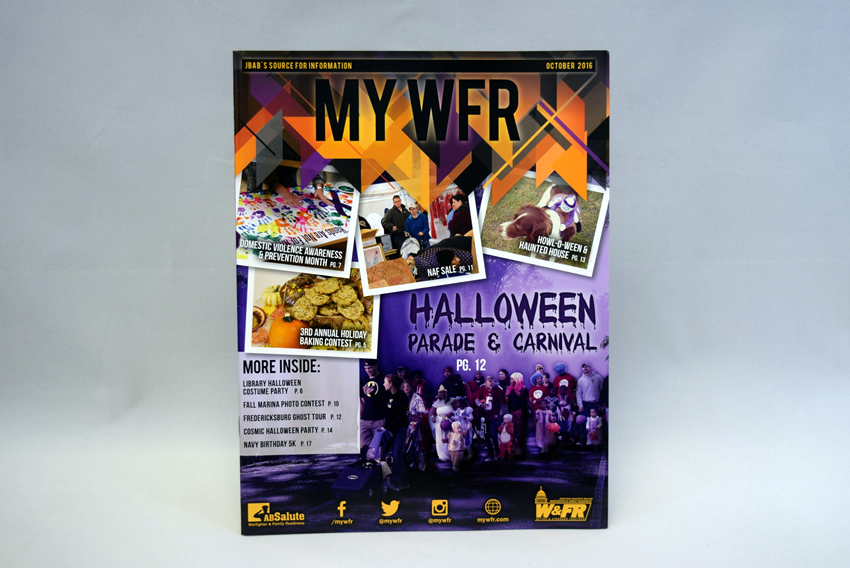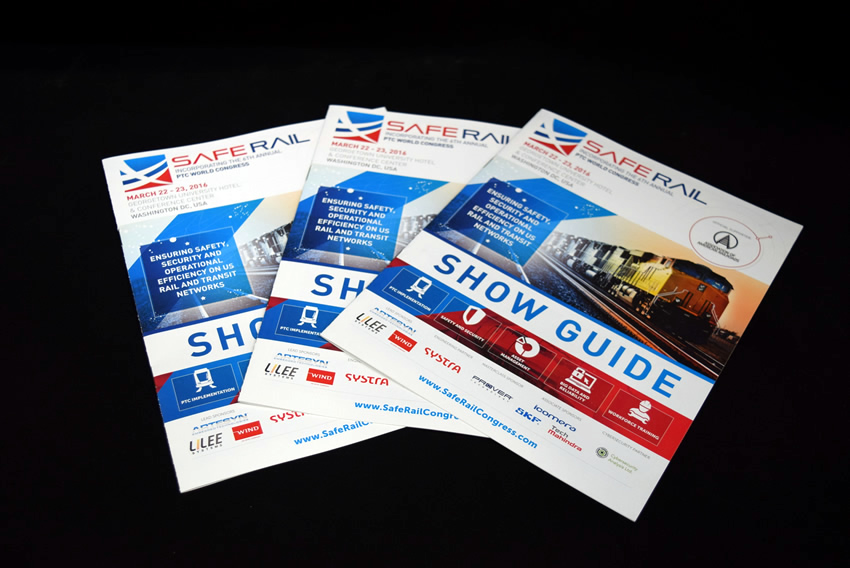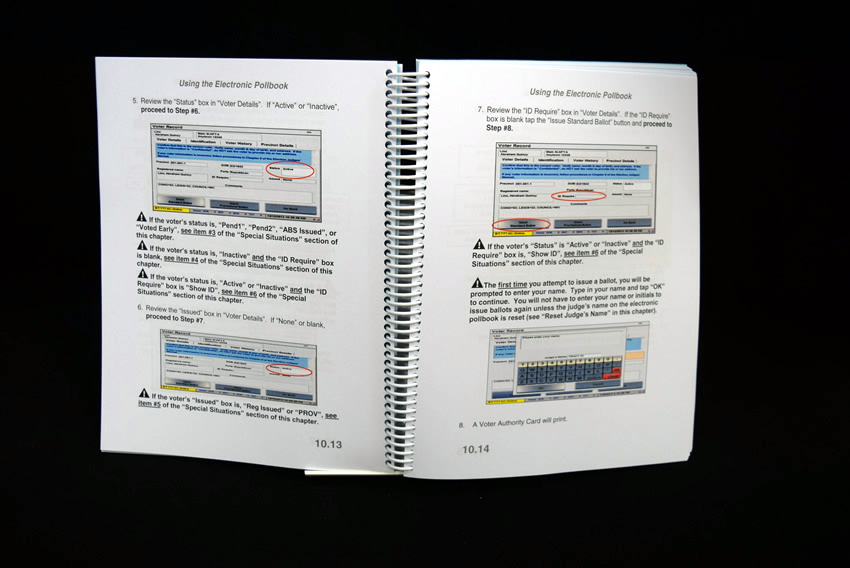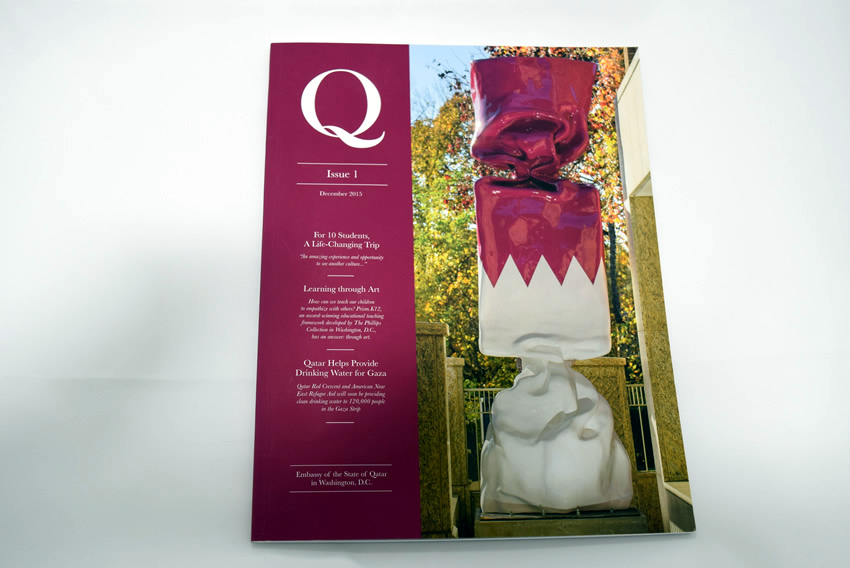How to Bind a Booklet
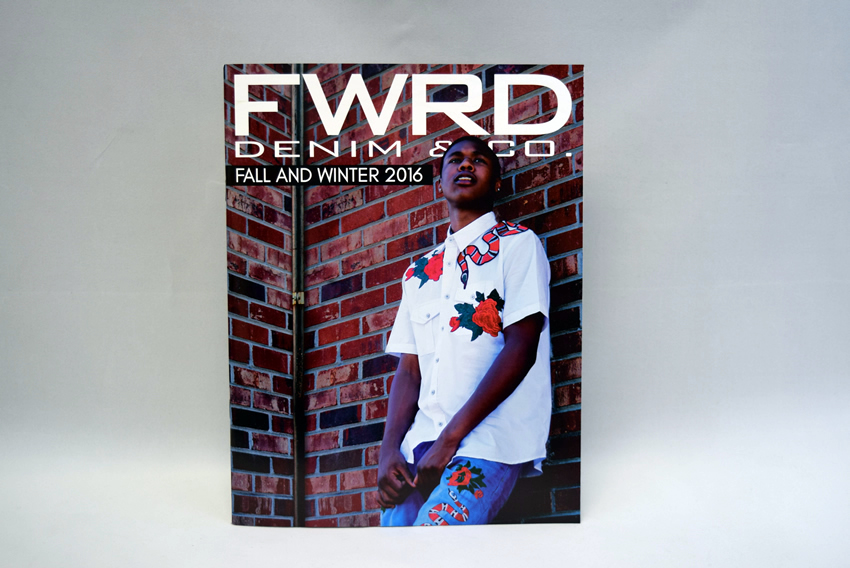
There are 4 basic methods to bind a book, booklet, catalog or most printed documents.
- Saddle-Stitch
- Plock-Bound
- Coil-Bound
- Perfect Bind
This is the most popular method for binding a book. The printed pages and cover are folded and stapled at the spine and trimmed to size. This is often seen in magazines, booklets and catalogs.
Upside: It is the most inexpensive binding method.
Downside: The book will not lay flat, when open or closed.

PLOCK-BOUND
This binding method uses saddle-stitching. After binding, the book enters a Plockmatic application, whereas the book is pressed to a square spine for a “Lay-Flat” (when closed) appearance. A Plock-bound book looks very much like a perfect bound book, except it is stitched, not glued.
Upside: Professional appearance with lay-flat capabilities.
Downside: More expensive than traditional saddle-stitch.
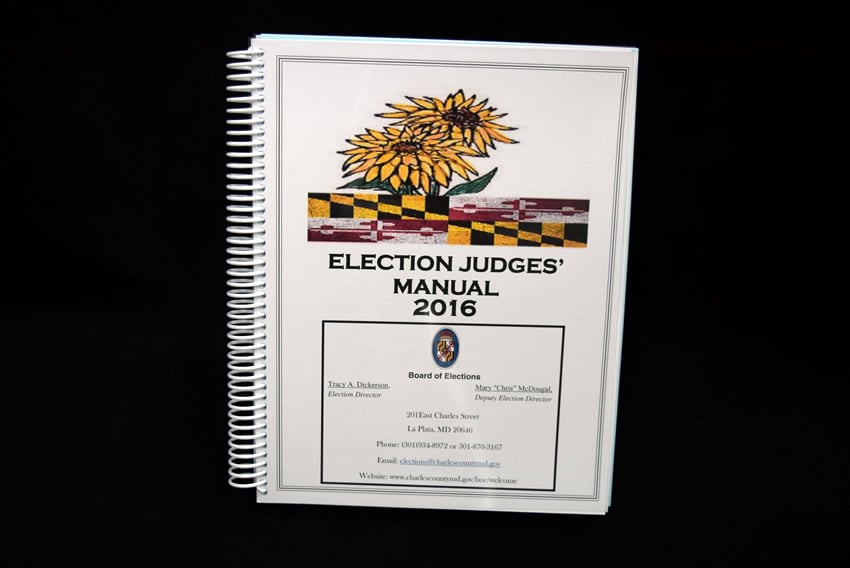
COIL-BOUND
Coil-bound is popular for large books, catalogs and presentations. When open, coil-bound will lay flat for easy access to both printed pages. Plastic coils are most common, but “Wire-O” binding is an option.
Upside: Preferred method for larger page counts.
Downside: More expensive, due to extra labor required to punch and bind.
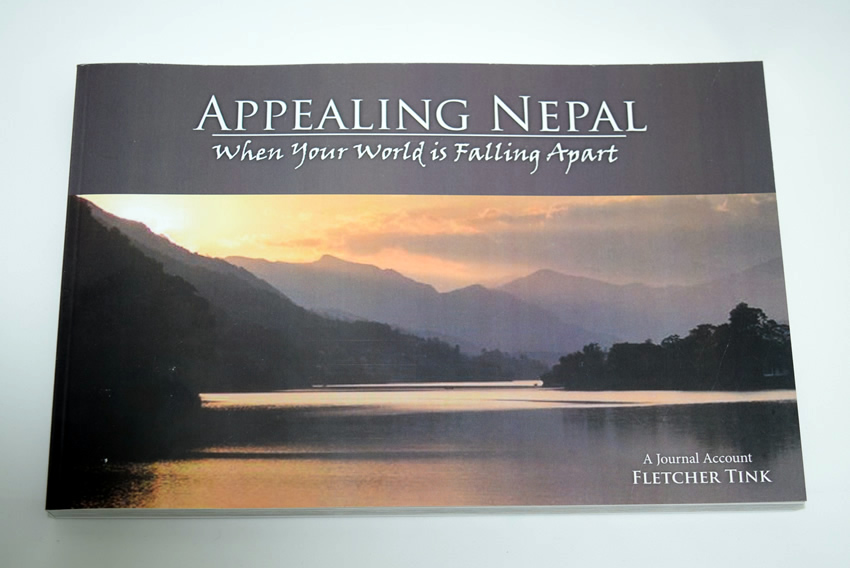
PERFECT BOUND
Glue is used to create a square spine with the pages and cover. The spine of the pages is ground to accept glue, then passed over a hot glue pot and positioned into the cover, where it is clamped to a square spine.
Upside: Very professional!
Downside: Most expensive of the four binding methods.
Booklet printing, binding and mailing is easy with Heritage Signs & Displays. Serving southern Maryland and Washington, DC since 1977.


